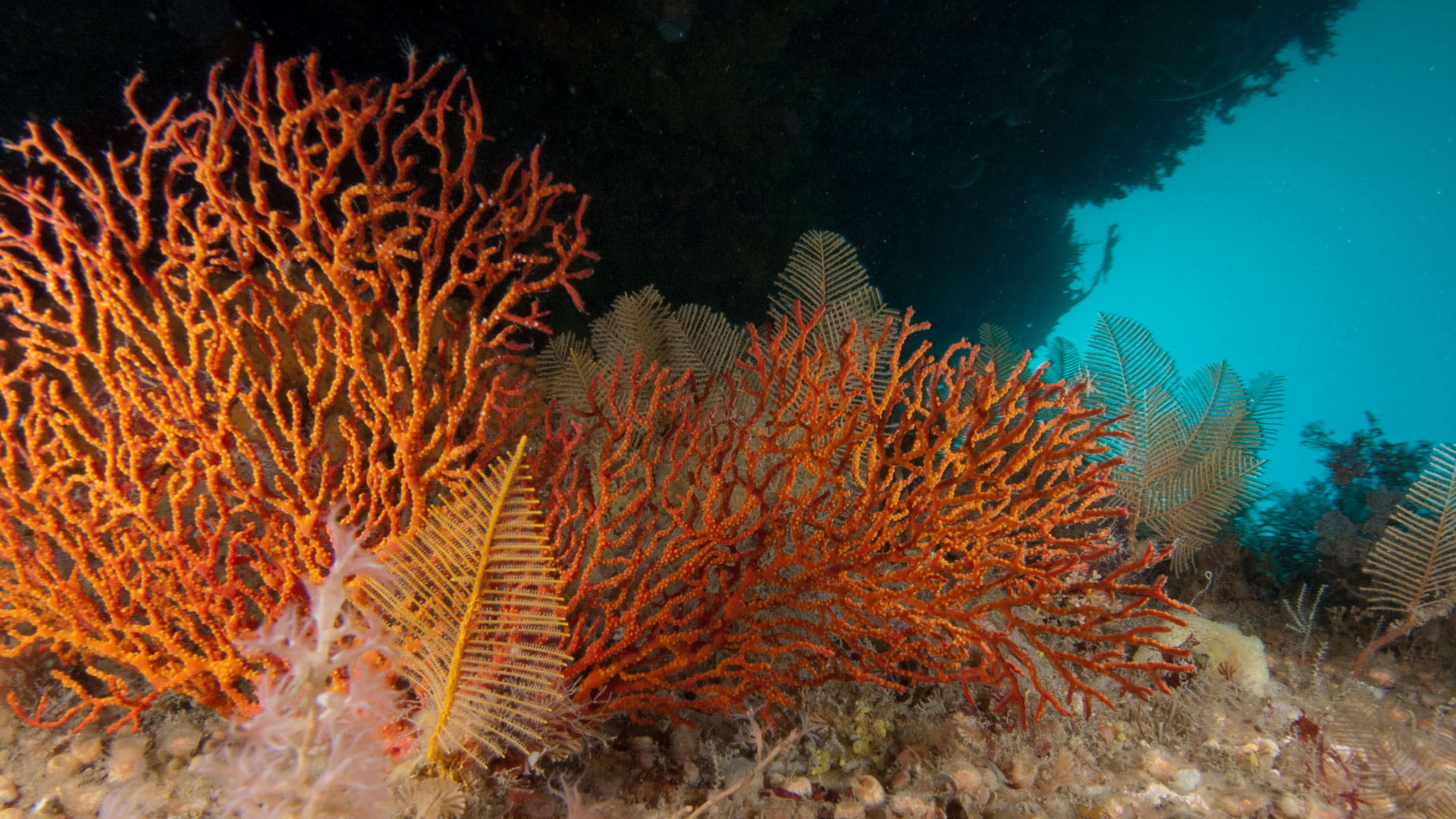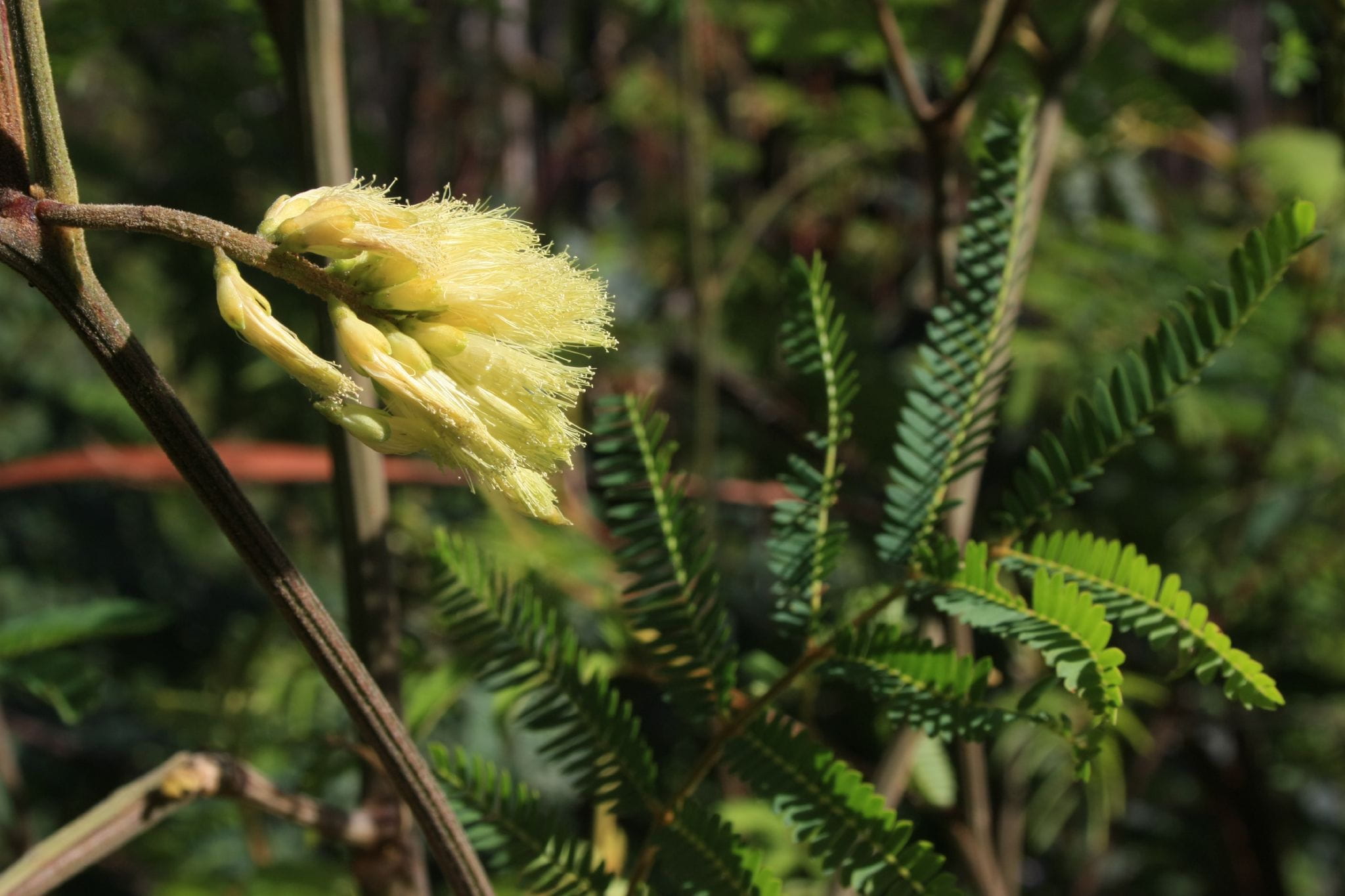Shifting tides: safeguarding Wilsons Promontory Marine National Park from a changing climate
Monday 25 March, 2024
Key points
• The Signs of Health Parks 2023 program at Wilsons Promontory National Park has reported positive trends for many key fish species.
• Research by Deakin University shows that some seabird populations are at the limits of their northern range.
• Parks Victoria has been removing invasive weeds from remote islands to improve critical breeding habitat for seabirds.
At the southernmost tip of the Australian mainland, lies the Prom. Described as a “real-life Jurassic Park” Wilsons Promontory National Park is a culturally important landscape to Traditional Owners. It’s here, that plans are in motion to create a climate refuge and predator-free sanctuary for wildlife.
The marine national park adjacent to Wilsons Prom, at more than 15,000 hectares, represents one of these important natural areas. The marine sanctuary is in the northern-most extent for many seabird species and human induced climate change is impacting the area. How exactly will this impact be felt in the marine park’s future?

Macroalgal beds dominated by Golden Kelp (Ecklonia radiata) are found within Wilsons Promontory Marine National Park. Image credit: Parks Victoria.

The colours are spectacular! Delicate invertebrate complexes with gorgonian corals are also known within the park. Image credit: Museums Victoria.
Michael Sams is the manager of marine and coastal science and programs at Parks Victoria. He said, “Wilson's Promontory is the southernmost marine national park in Victoria. This, combined with its exposure to strong current flows, high winds, large complex waves, and exposure to southwesterly swells on its western side act together to keep sea temperatures cooler than the rest of the state. As sea surface temperature continue to increase across the state the Prom will be an important refuge for many species who prefer cooler water”.
In 2023 Parks Victoria conducted its Signs of Healthy Parks (SHP) program for its network of marine national parks and sanctuaries, with a focus on Wilsons Prom. The SHP program has been running for more than 20 years and found that many key species and habitats were found to be in good condition
There were some declining trends. Macroalgal cover on reefs appeared to be decreasing in overall abundance, but several fish species were found to be more abundant than ever before, such as the Southern Sand Flathead (Platycephalus bassensis) and Common Gurnard Perch (Neosebastes scorpaenoides). These fish species are the target of commercial and recreational fishers and are likely benefiting from the protection of the park system; but data from Deakin University research shows that seabird populations may not be as as resilient. To find out more, we need to travel to a tiny granitic island within the marine park.

The southern Sand Flathead (Platycephalus bassensis) is an ambush predator that feeds on crustaceans and other small fishes. Image credit: Museums Victoria.

The Common Gurnard Perch (Neosebastes scorpaenoides) has prominent dorsal spines that are venomous. They can leave an adult in excruciating pain if mishandled. Image credit: Museums Victoria
Kanowna Island
At roughly 35 hectares in size, Kanowna island is a breeding site for several seabird species including the Fairy Prion (Pachyptila turtur) and Common Diving Petrel (Pelecanoides urinatrix). A high percentage of their diets include the “shrimp-like” coastal krill that occur in dense swarms throughout Bass strait. The abundance of this krill determines distribution patterns of numerous predators.

Professor John Arnould is a researcher studying the populations of seabirds on Kanowna Island. He states, “through their foraging range and at-sea movements, they integrate a lot of the southeast Australian marine ecosystem and beyond and lend themselves to picking up environmental signals”. Much of his work is conducted at Kanowna island. “As it’s an island at the end of a promontory, it is closest to the potential foraging grounds of many species that feed in Bass Strait. Because we have long term data sets, Wilsons Promontory is an early warning system for all of Bass Strait and southeast Australia”.
The resilience of these seabird species is set to face a formidable test due to climate change. As coastal krill are highly vulnerable to marine heatwaves, the future increases in frequency and duration of these heatwaves could impact the seabirds on Kanowna island.
John added “climate change impacts are not something we can fix easily, but we can minimise potential other human made impacts and reduce these effects on the breeding colonies”.
Removing weeds in seabird colonies

Mirror Bush (Coprosma repens) can grow to 8-metre heights if left unchecked and in optimal conditions. Image credit: Ian Clarke, CC BY-NC-SA 4.0.

Cape Wattle (Paraserianthes lophantha) is still used as an ornamental plant in the southeastern states of Australia. Image credit: Geoff Lay, CC BY-NC-SA 4.0.
Over the last few years, Parks Victoria has been visiting these islands to remove weeds on seabird breeding habitat. These areas are challenging to visit, the remote location and rugged terrain means they can only be visited by boat or helicopter.
 It’s physically demanding work for the rangers, as they crawl on their knees and climb escarpments to reach these invasive plants. Image credit: Parks Victoria.
It’s physically demanding work for the rangers, as they crawl on their knees and climb escarpments to reach these invasive plants. Image credit: Parks Victoria.
Michael reflected on the work being conducted at Parks Victoria. “Ensuring that our offshore island are safe havens for seabird is critical for ensuring the ongoing health of their populations. While it is very difficult to mitigate the impacts of increasing sea surface temperatures on seabirds, removing weeds and other threats to their nesting sites is a tangible management actions that can have significant benefits for seabird breeding and populations”.
To learn more about Parks Victoria’s commitment to Wilsons Promontory and creating Victoria’s largest climate safe haven, check out the below video for more information.




